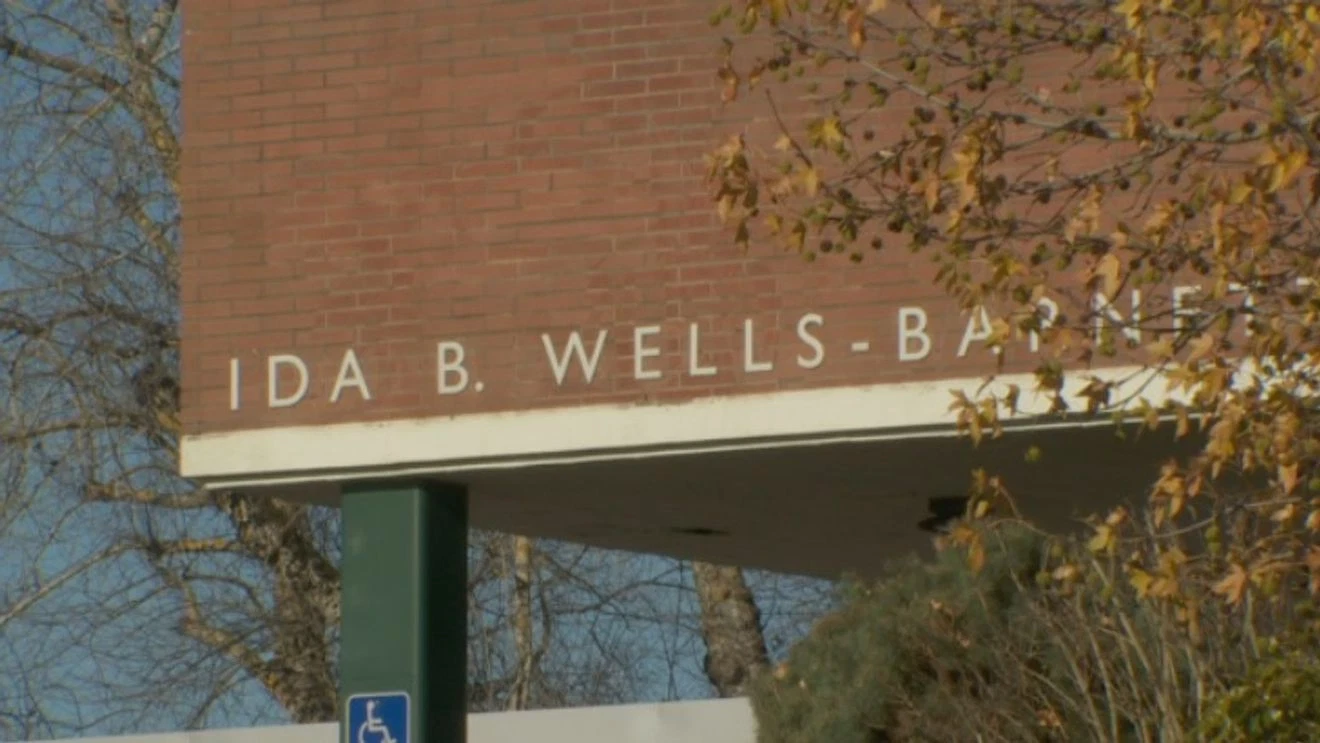PORTLAND, Ore. – A new school year has brought a significant change for students at Portland Public Schools (PPS): a district-wide cellphone ban. Several high schools, including Ida B. Wells High School, are now requiring students to secure their phones in Yondr pouches, designed to keep personal devices out of reach during the school day.
The policy also extends to smartwatches and Bluetooth headphones, which must be locked away in the pouches until students leave school or enter designated unlocking zones.
A Push for Focus in the Classroom
School leaders say the initiative is meant to reduce distractions and help students concentrate.
Also Read
“The whole reason behind this is for kids to focus better in school and concentrate and have it off and away,” said parent Nicole Baumer. “I think phones are a huge distraction, so I think it’s awesome that PPS is adopting this policy.”
During an informational session last week, administrators at Ida B. Wells explained how the pouches work and why the district believes the change will support stronger academic engagement.
Parents Split on the Policy
While some families welcomed the change, others voiced concerns.
Emma Davis, whose son is a ninth grader at Ida B. Wells, said the adjustment has gone smoothly in her household. “I think he’s mostly worried about keeping it and not losing it,” Davis said. “But honestly, he hasn’t really complained about the logistics. He doesn’t seem to be having a hard time with not having access to it.”
But other parents worry about safety. Since students are allowed to leave campus for lunch, critics argue that being without phones prevents them from checking the time or contacting others if problems arise.
One student told KATU she even missed her bus home during the first week of school because of long lines of students unlocking their pouches at the end of the day.
District Response
Asked about the complaints, PPS officials said the policy was the product of community collaboration.
“The decision to implement Yondr pouches was made after conversations with Ida B. Wells High School stakeholders that included educators/staff, parents/guardians, and students,” Principal Ayesha Coning wrote in a back-to-school letter.
“We are coming from a place of love and care for our teenage youth in our community and believe that ensuring students have a day free of access to their personal electronic devices will improve their learning experience greatly.”
Administrators acknowledged logistical concerns but stressed that adjustments are being made to help speed up the lock and unlock process.
A Statewide Shift
The PPS cellphone ban comes after the school board voted earlier this year to phase out personal device use during the school day. The change aligns with a broader statewide mandate: under an executive order signed by Gov. Tina Kotek, all Oregon schools must adopt cellphone ban policies by January 1, 2026.
That makes PPS one of the first districts to implement the new rules, with other Oregon schools expected to follow in the coming months.
Looking Ahead
For now, students are still adjusting to life without phones in class. Supporters believe the policy will improve focus, reduce social media distractions, and cut down on classroom disruptions. Opponents continue to raise questions about safety, convenience, and how schools will manage device access in emergencies.
As more districts adopt similar policies, Portland’s experiment with Yondr pouches may become a test case for how Oregon students, families, and educators adapt to a future with fewer screens in the classroom.












